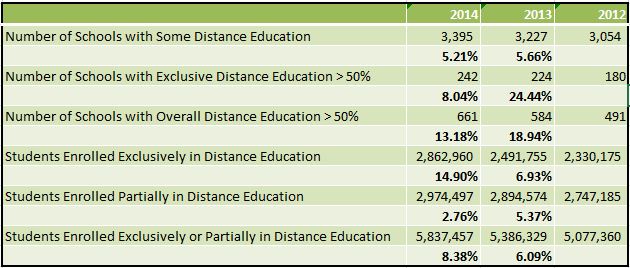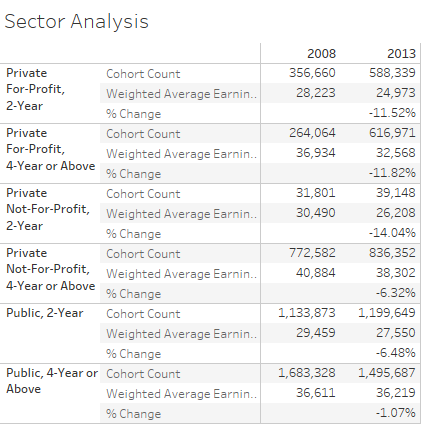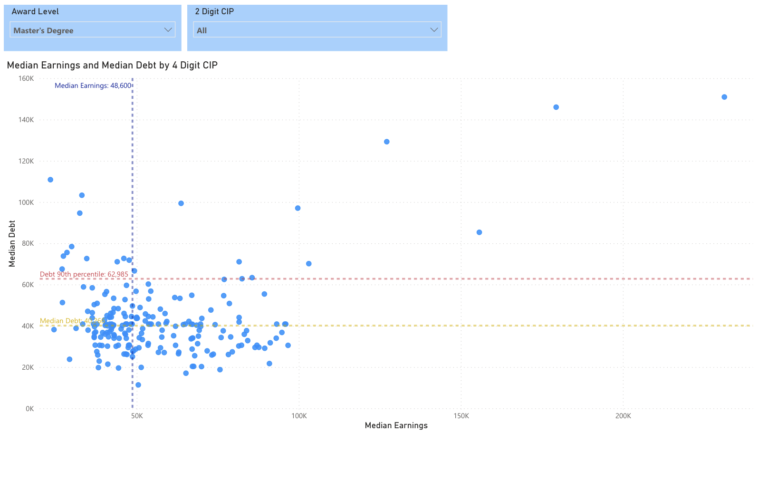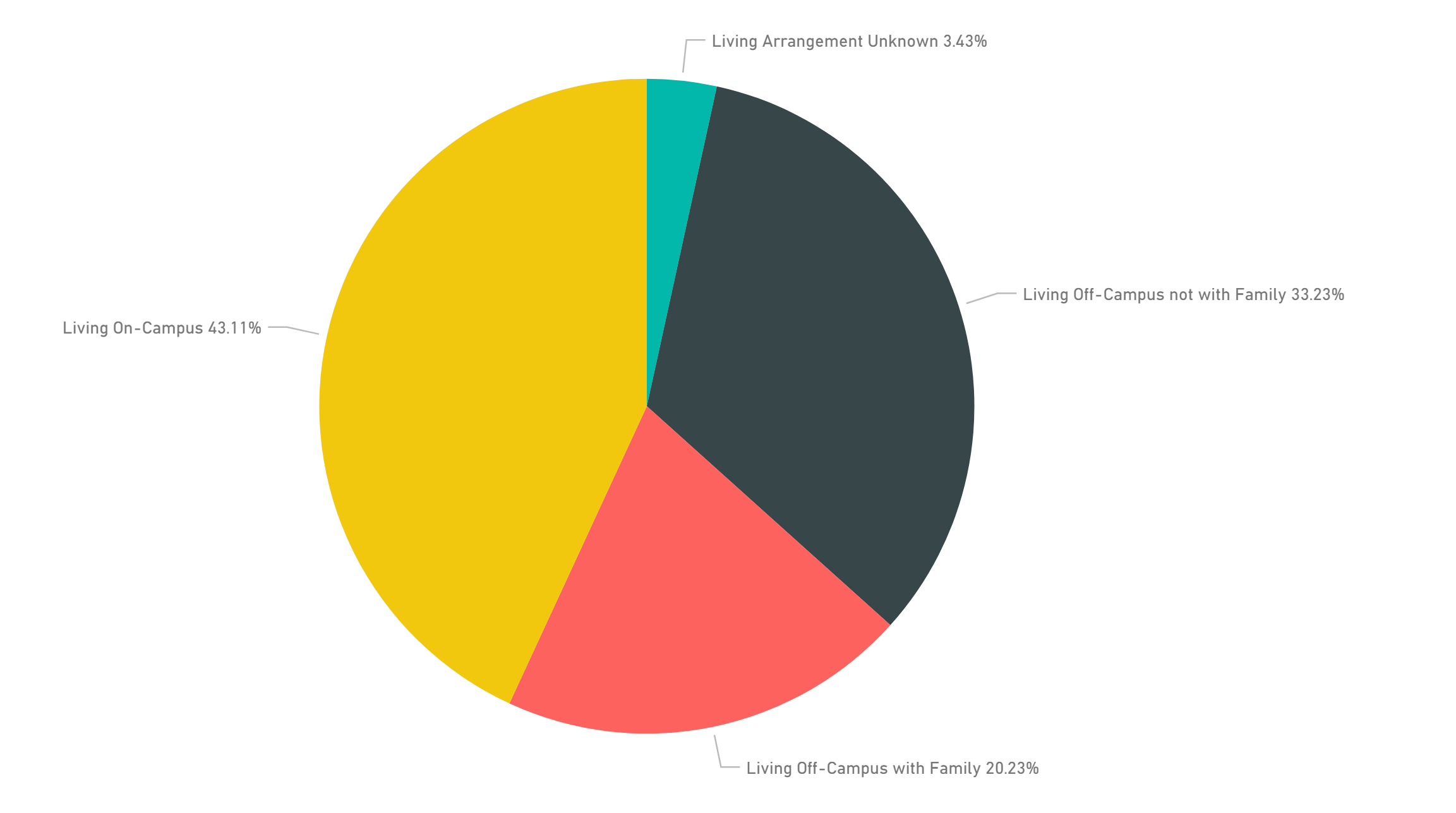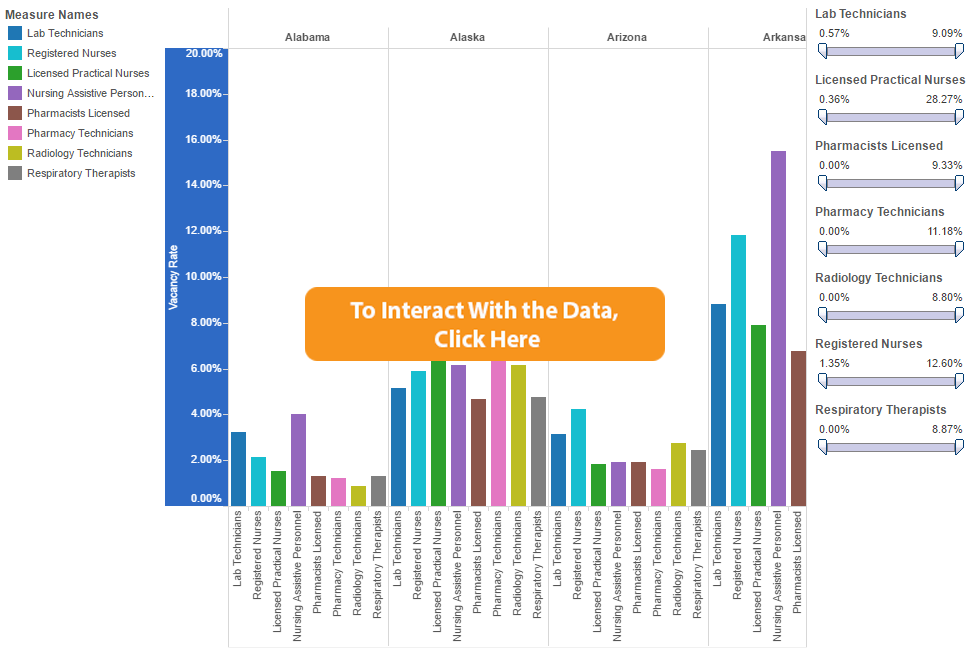In one of my favorite videos of my kid’s era, Grover from Sesame Street taught us the difference between near and far. I don’t think Grover had in mind today’s high tech tools and social media interaction when he taught us this principle. Distance Education continues to be a hot trend among college offerings (can’t say campus anymore).
The technology of today continues to enable more online experiences. Distance learning provides the ultimate in flexibility and enables programs to be not only conducted virtually, but introduced nationally and globally. Of course the cons of Distance Education have to do with the personal face-to-face communication and interaction that comes from a campus environment.
The Integrated Postsecondary Education and Data System (IPEDS) has been collecting statistics on Distance Education since 2012. IPEDS breaks down Distance Education into two primary buckets; those that are enrolled exclusively in Distance Education courses and those that are enrolled in some, but not exclusively Distance Education courses. IPEDS further breaks down the exclusive category into the location of the student.
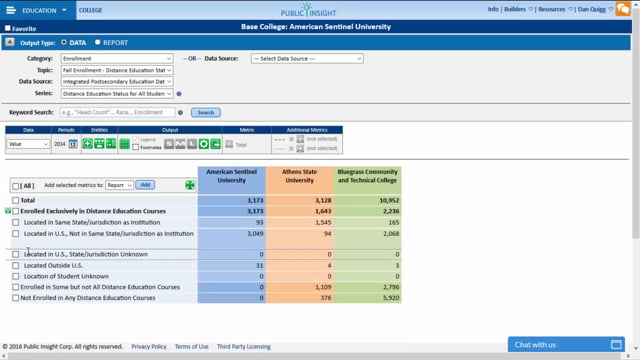
We analyzed the data for the most recent year and compared it to the two previous years. Overall, the number of students enrolled in some form of Distance Education has increased 8.38% but the number of students enrolled exclusively in Distance Education has increased a whopping 14.90%. The number of schools offering Distance Education has increased 5.21% in 2014, which was a similar increase to 2013. However, the number of schools with extensive forms of Distance Education (measured in our statistics as greater than 50%) has increased 13.18% in 2014. Summary results are displayed below.
